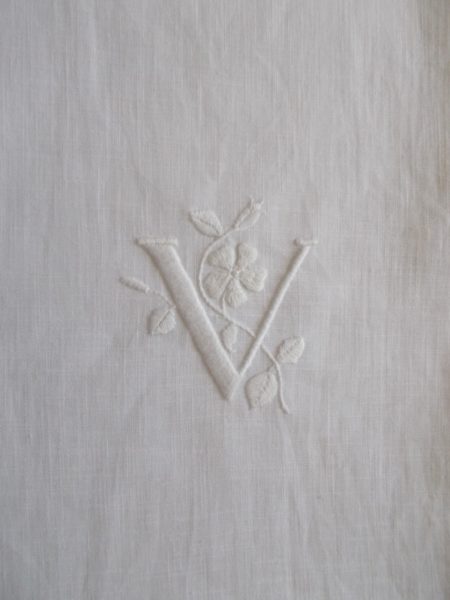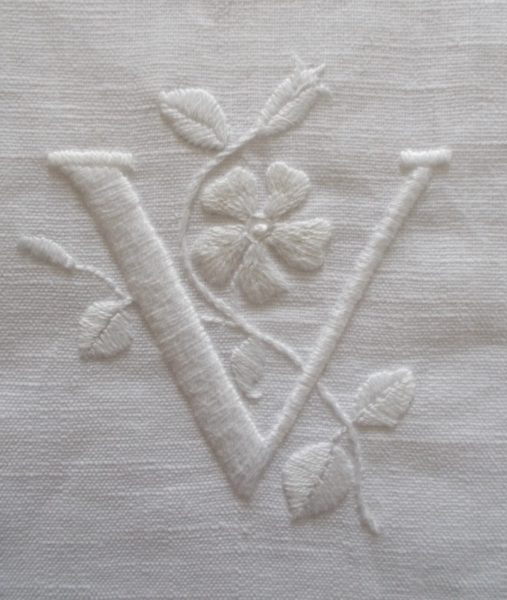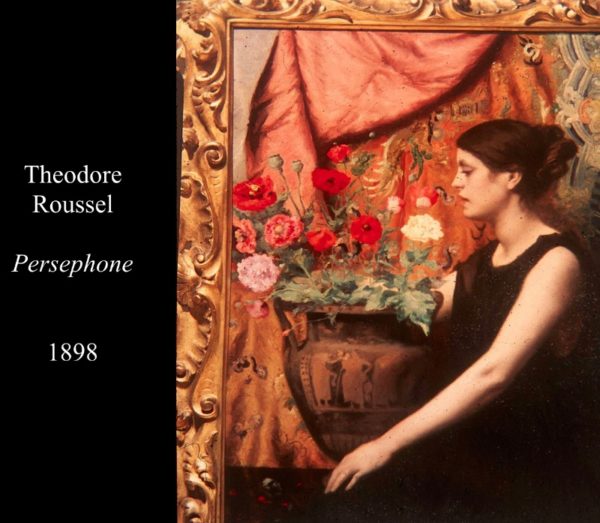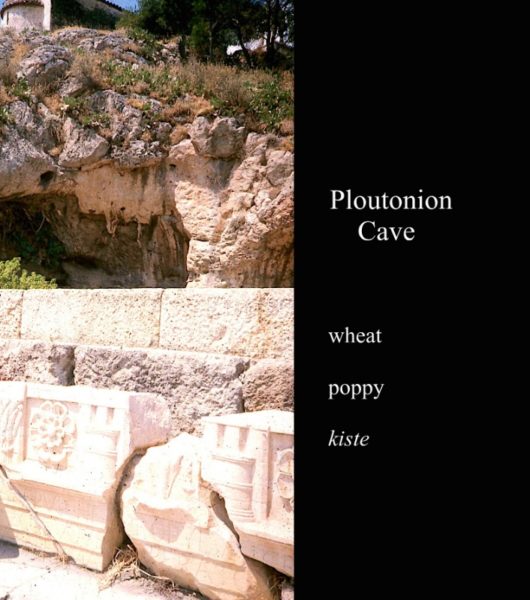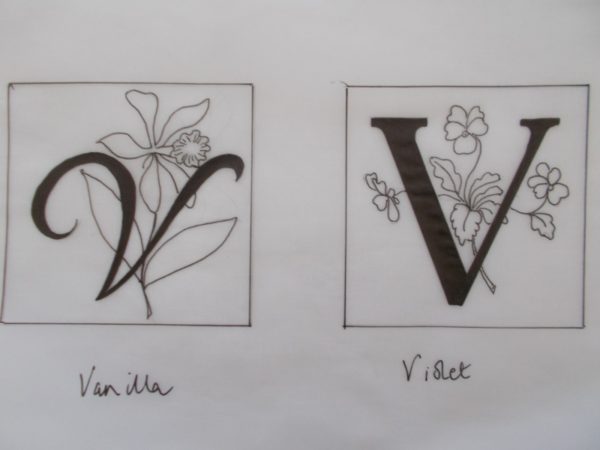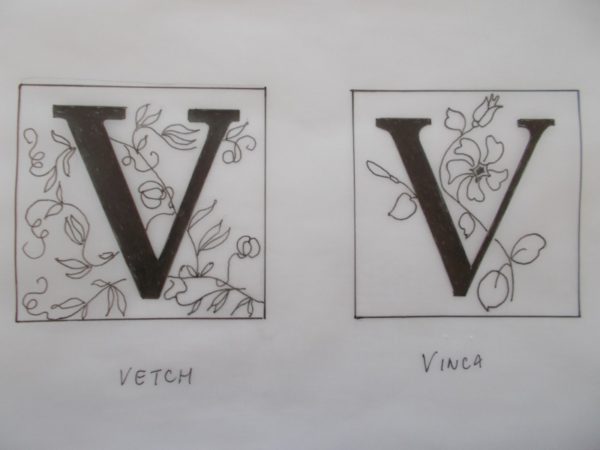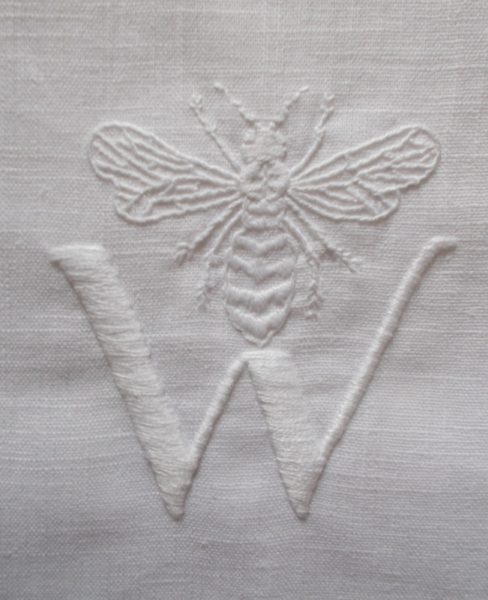
W for wasp, a whitework alphabet (hand embroidered by Mary Addison)
It was always going to happen one day.
I am not a morning person. I used to be but no longer. I try to be but unless it’s absolutely necessary, I fail. My husband is a morning person and something of a ministering angel as he brings me not only my morning tea but a bowl of porridge and my newspaper. I aim to be out of bed by nine o’clock (I write the hour in words rather than the number because it makes the time just that bit less visible and therefore less accusatory when I read this back) but I’m afraid that is something else I usually fail at. You can see what’s coming, can’t you. Yes, I knocked my cup of tea over and thereby had to spring out of bed to strip off sopping sheet, second duvet (employed as a mattress topper) and mattress cover before the ever invasive liquid seeped through to the mattress beneath. Fortunately, it’s pretty warm today – though we have just had a short sharp shower – and the mattress protector should be dry in time for tonight. The mattress, dabbed with water and white vinegar has survived unstained, though my bed’s box pleated linen valance, even after swobbing, is tinged cream where it should be white. That must wait until another heatwave before I wrench it off the bed for a good wash, line dry and industrial amount of ironing to get the pleats right ( a task only performed every few years for obvious reasons). Gratifyingly, the second duvet was little affected, while the carpet, which received the lion’s share of my tea and has also had the dilute vinegar treatment, is drying off nicely without even a hint of acrid overtones. Exhausting, it rendered me speechless and when my husband appeared towards the end of the process it was all I could do to raise my hand in a ‘stop, don’t say anything ‘ gesture of a petulant toddler.
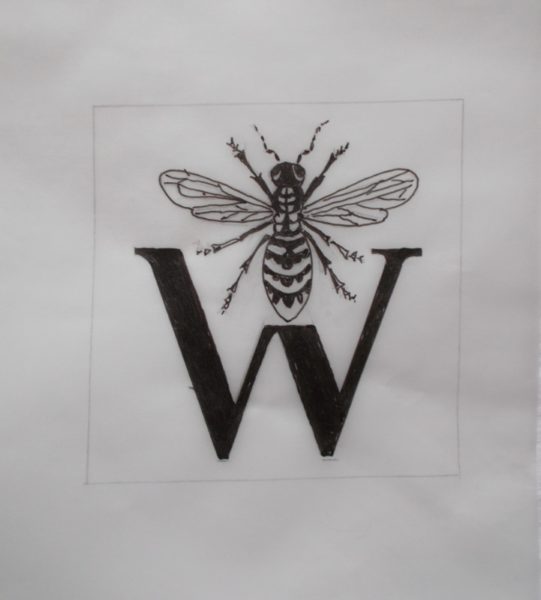
Sketch for W for wasp
Now comes W for Wasp. Not my favourite insect either but an internet search yielded so many beautiful botanical images that I was converted to appreciating the form of a wasp while not its function (in spite of the Natural History Museum website trying to persuade me otherwise). The knack wasps have of appearing during summer picnics or attempts at meals in the garden is also less than delightful. But the domestic wasp’s reputation is as nothing to that of its relative, the exotic hornet whose invasion we have been warned may be on the way. A letter in today’s Sunday Times Home section reports what Matt of Sevenoaks, calls a ‘murder hornet’ in his kitchen, 3 cm long and angry. This elicits a metaphorical knuckle rap from Richard Jones (author of ‘House Guests, House Pests’) who cautions us never to use the term ‘murder hornet’. In further humiliation, Matt’s photograph reveals the creature to be Vesta crabro (see below) the common European hornet and the largest of European wasps, a native British species which lives out its blameless life among old woods, orchards, hedgerows and gardens where it is at its happiest. A placid gentle giant of the indigenous wasp world it has, Richard says, the smallest of tempers – unless its nest is disturbed. Should it detour into the house, the glass and postcard trick and garden release will suffice. The bad boy of the hornet world, Vespa mandarinia, is a whopper at 45mm (swift involuntary intake of air over dentist-starved, Corvid 19 problem teeth type wince) and it is this that has been taken up by the tabloid press in search of a headline stopper. Predating on other insects using both sting and a good pair of jaws, the ‘murderous’ epithet should, nevertheless, be avoided; quite simply giant hornet will do. A native of Asia, it has been sighted in North America, but not yet here. Would you dare do the glass and postcard trick on something that big … and buzzy?
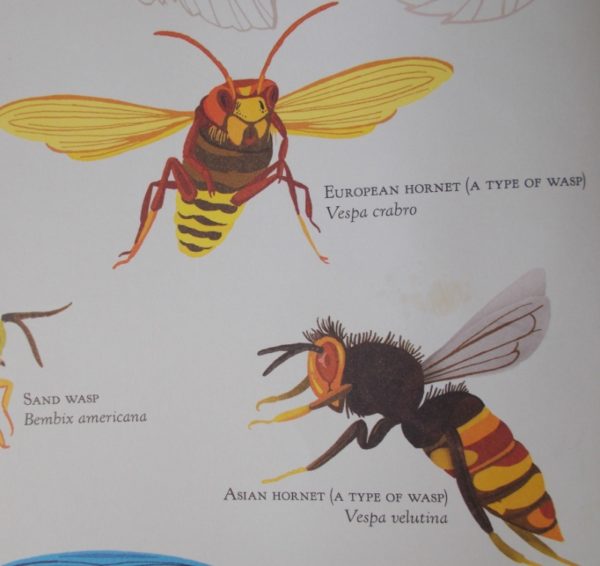
European and Asian (non giant) hornets from the book ‘Insect Emporium’ by Susie Brooks and illustration by Dawn Cooper (pub. Red Shed 2016)

